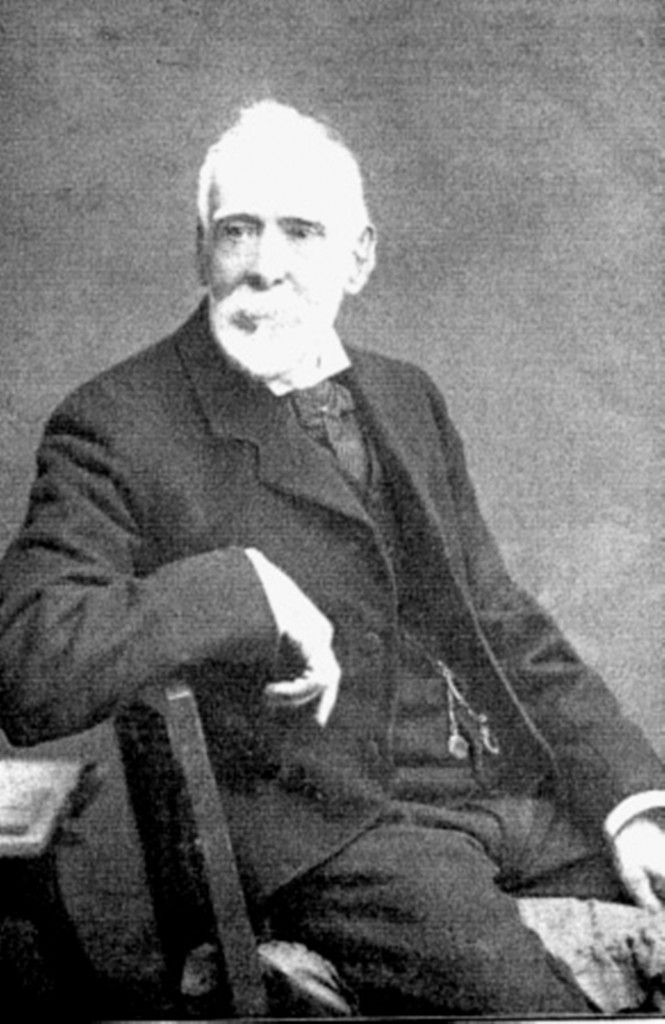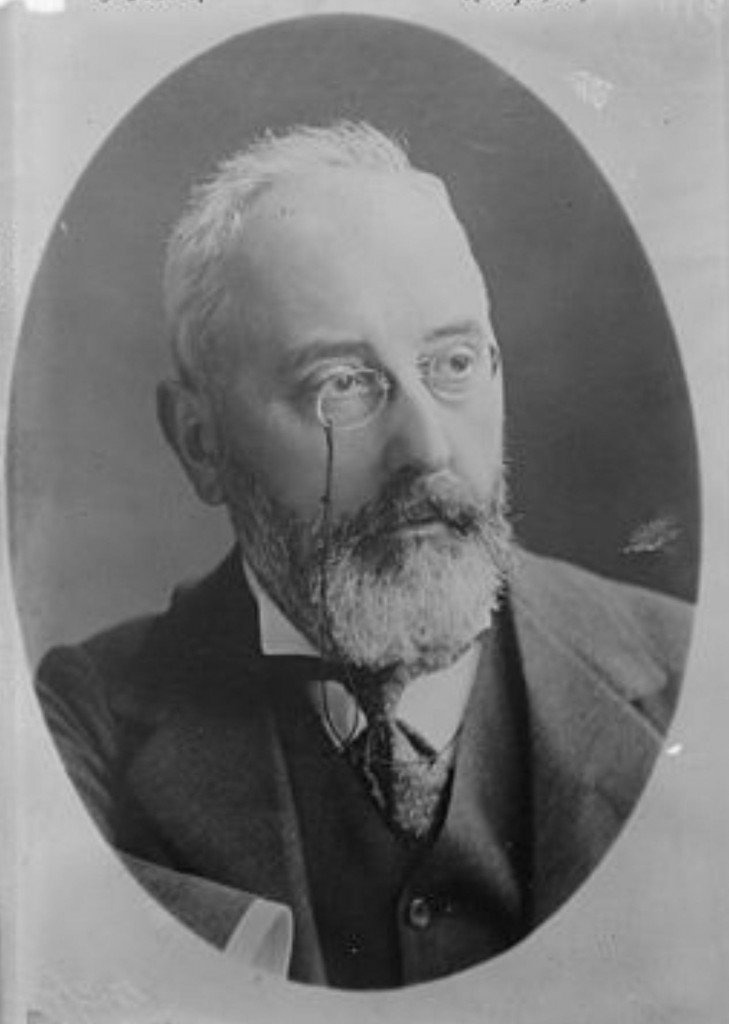
Kieran’s Our City, Our Town,
Cork Independent,
20 January 2011
In the Footsteps of St. Finbarre (Part 244)
The Bantry Band
It is amazing the tangents one is presented with when studying the Irish Industrial and Agricultural Fair 1932 especially its deeper roots in linking to Ireland’s past. Last week, the column talked about the chequered career of William Martin Murphy and the founding of the Irish Independent, which was represented at a stand on the grounds of the fair.
I mentioned in passing William’s interest in politics and his MP role. To flesh that out, Denis Kirby emailed me to highlight that William was one of “The Bantry Band” of young men from Bantry who were all Westminster MPs. Daniel Sullivan, a house painter from Bantry, was the founder the Bantry Temperance band, an actual musical band of about 25 members. They took part in Daniel O’Connell’s famous “monster meeting” in Skibbereen in June 1843. The “monster” meeting comprised many thousands of supporters attending to campaign for the repeal of the Act of Union and for a separate Dublin parliament. However contemporary accounts of the numbers of people present in Skibbereen to hear O’Connell’s case for repeal vary from 75,000 upwards.
Support for Daniel O’Connell’s aspirations was strong in West Cork. The Bantry Band was in time a title given to the group of young men from Bantry who all went on to be MPs in Westminster at around the same time. Amongst those well-known in the Bantry Band and who went on to contribute to the Irish political landscape were Tim Harrington, Thomas Healy, Tim Healy, Alexander Martin Sullivan and his brother Timothy Daniel Sullivan. Tim Harrington (1851-1910) was secretary and chief organiser of the Irish National League (INL), supporter of Charles Stewart Parnell and was largely responsible for planning the agarian plan of campaign in 1886. The campaign was a strategy adopted in Ireland between 1886 and 1891, co-ordinated by Irish politicians to help tenant farmers, stand up against mainly absentee and rack-rent landlords. Bad weather in 1885 and 1886 also caused crop failure, making it difficult to pay rents. The Land War of the early 1880s was rekindled after evictions increased and outrages became widespread.
Thomas Healy (1854–1924) was a solicitor and Member of Parliament (MP) for North Wexford. His younger brother Tim Healy (1855–1931) was a prominent Irish nationalist. Later he became a Home Rule MP in Westminster and led a faction of the party after it split in 1891. He became the first Governor-General of the Irish Free State.
The sons of the founder of the band, Daniel Sullivan, were Alexander Martin Sullivan (1830-1884) and Timothy Daniel Sullivan (1827-1914) both Irish nationalists, journalists and politicians. In time, they owned The Nation newspaper an Irish nationalist weekly newspaper. In 1888 Timothy Daniel Sullivan started The Irish Catholic, not William Martin Murphy as I alluded to last week. In an email to me by Timothy’s great grandson Denis Kirby, he noted also that Timothy (1827-1914) was also well known as a writer, poet and songwriter. His better known songs were “God Save Ireland” and “Deep in Canadian Woods”. “God Save Ireland” was used as an unofficial Irish national anthem for Irish nationalists from the 1870s to the 1910s. During the Parnellite split it was the anthem of the anti-Parnellite Irish National Federation. The song was first published on the 7 December 1867 and was inspired by Edmund O’Meager Condon’s speech from the dock when he stood trial along with Fenian members Michael Larkin, William Phillip Allen, and Michael O’Brien (‘Manchester Martyrs’) for the murder of a British police officer. After the three were executed, the song was adopted as the Fenian movement’s anthem. The song shares its tune with “Tramp! Tramp! Tramp!” (The Prisoner’s Hope)” a song reportedly written in 1864 by George F. Root in response to conditions in the Andersonville Prison, a Confederate prison during the American Civil War. “God Save Ireland” was the unofficial national anthem of the Irish Republic and the Irish Free State from 1919 to 1926, when it was displaced by the official Amhrán na bhFiann.
Interestingly and to go off on another tangent Amhrán na bhFiann was composed by Peadar Kearney and Patrick Heeney, and the original English lyrics were authored (as “A Soldiers’ Song”) by Peadar. It was used as marching song by the Irish Volunteers and was sung by rebels in the General Post Office (GPO) during the Easter Rising of 1916. Its popularity rose among rebels held in Frongoch internment camp after the Rising, and the Irish Republican Army (IRA) in the Irish War of Independence (1919–21). It was translated into Irish in 1923 by Liam Ó Rinn. On 12 July 1926, W.T. Cosgrave, President of the Executive Council of the Irish Free State agreed to adopt its as the National Anthem. It was played with prominence at the opening of the 1932 fair in Cork.
As another important tangent, a remarkable number of Timothy Daniel Sullivan’s descendants were people of outstanding distinction: his son Timothy was Chief Justice of Ireland from 1936 to 1946, his grandson Kevin O’Higgins was one of the dominant political figures of the 1920s and his great-grandson Thomas O’Higgins was Chief Justice from 1974 to 1985.
To be continued…
My thanks to Denis Kirby for his insights
Captions:
574a. Timothy Daniel Sullivan (1827-1914), MP, writer, composer of God Save Ireland (picture: Cork City Library)
574b. Tim Healy (1855–1931), First Governor General of Ireland (Library of Congress, Washington D.C.)
